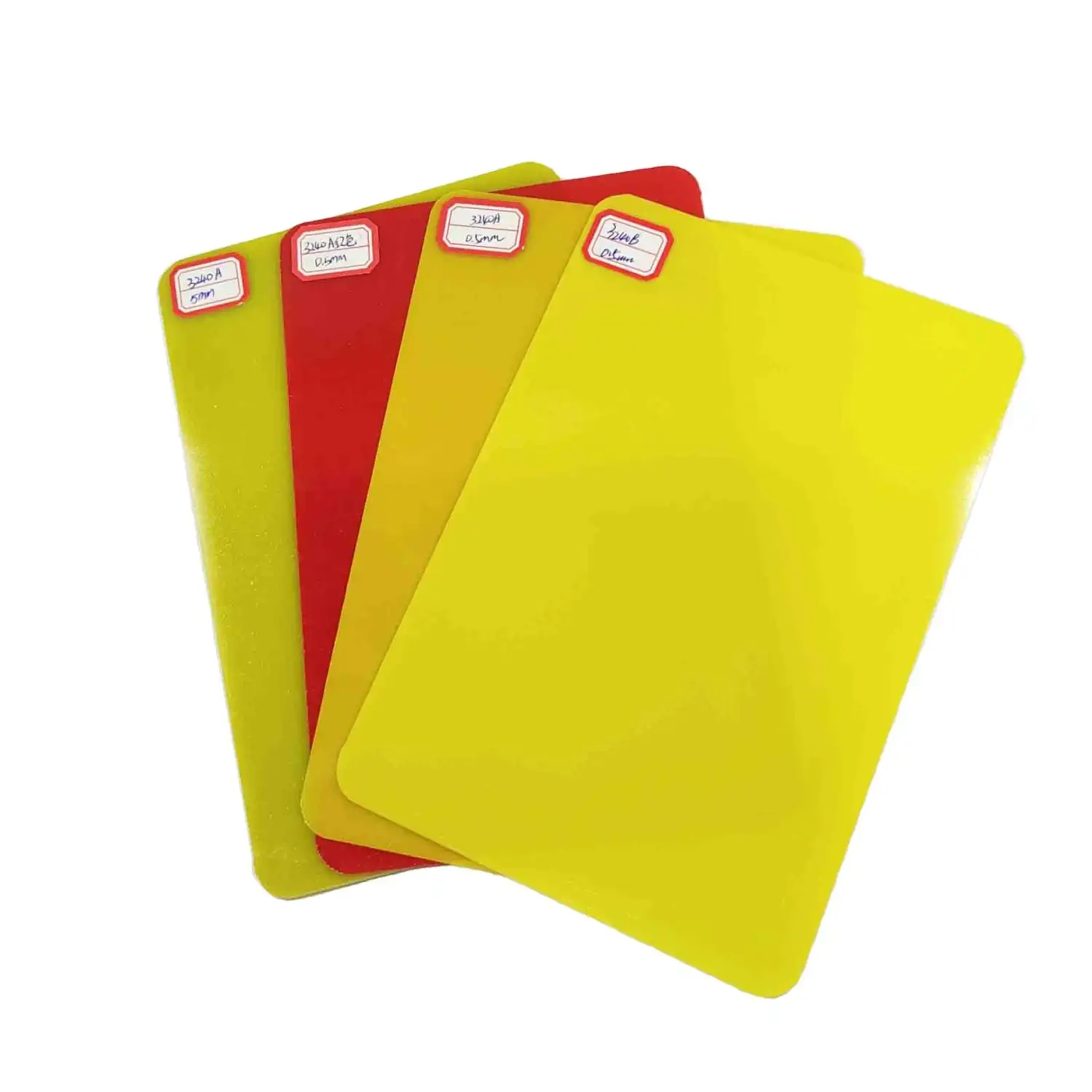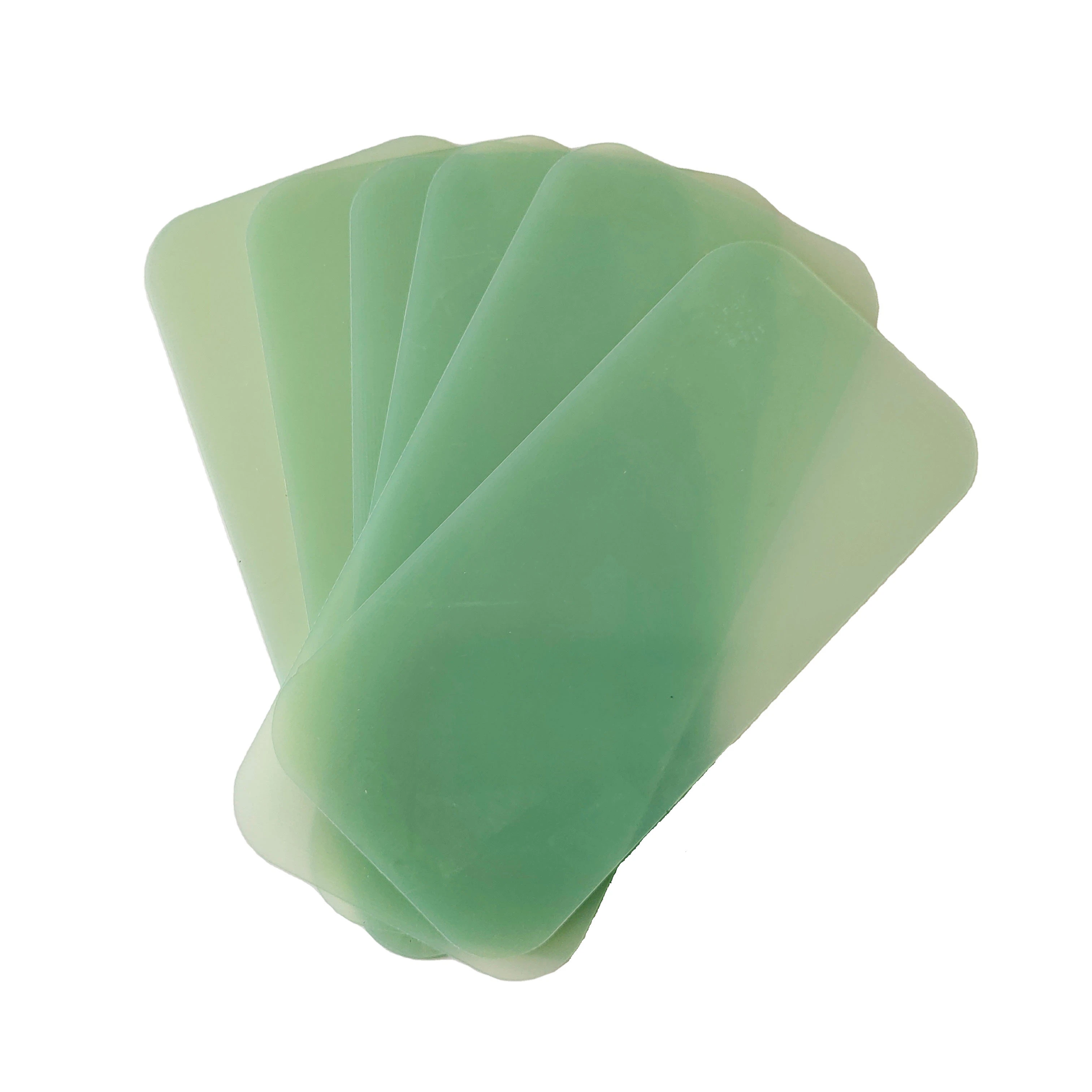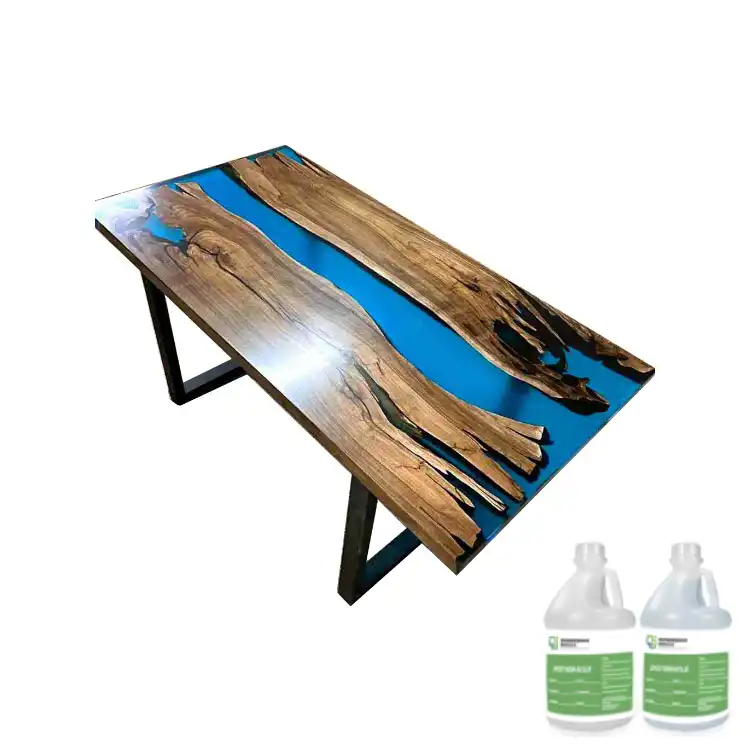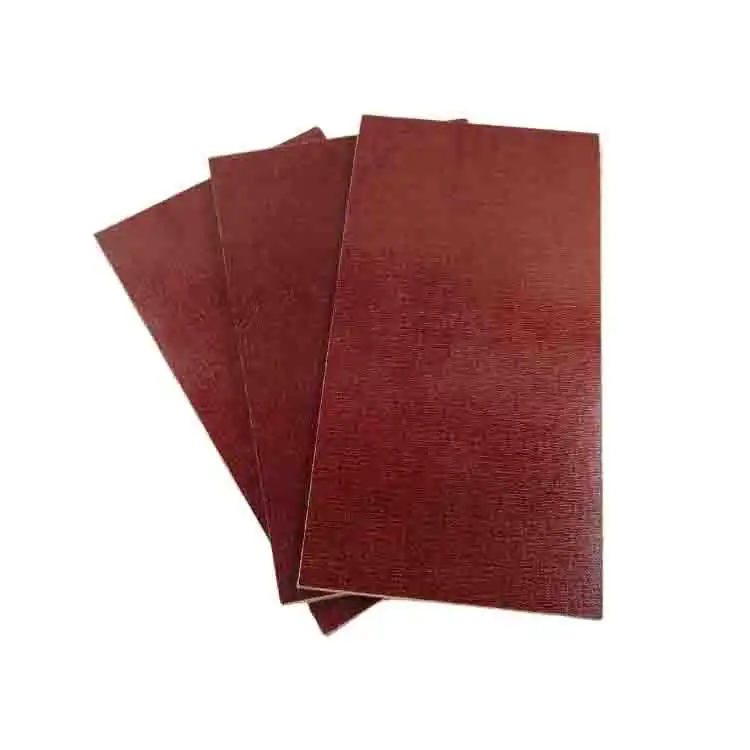How Durable Are 3240 Epoxy Sheets in Harsh Conditions?
2024-07-18 09:28:19
3240 epoxy sheets have become a critical component in various industries due to their excellent mechanical strength, electrical insulation properties, and durability. But just how durable are these sheets in harsh conditions? This blog delves into the robustness of 3240 epoxy sheets, examining their performance under mechanical stress, chemical exposure, and extreme temperatures.

What Are the Mechanical Properties of 3240 Epoxy Sheets?
Mechanical properties are essential when considering the durability of materials in harsh conditions. This section explores the mechanical strength, impact resistance, and flexibility of 3240 epoxy sheets, shedding light on their capability to withstand demanding environments.
High Tensile and Flexural Strength
3240 epoxy sheets are renowned for their high tensile and flexural strength. Tensile strength is the resistance of a material to breaking under tension, while flexural strength measures the material's ability to resist deformation under load. 3240 epoxy sheets exhibit impressive tensile strengths, often exceeding 300 MPa, and flexural strengths up to 450 MPa. These high values ensure that the sheets can withstand significant physical stress without cracking or breaking, making them suitable for demanding applications such as structural supports in industrial machinery, automotive components, and electrical systems.
In comparison, traditional materials like fiberglass and mica offer lower tensile and flexural strengths. Fiberglass, for instance, typically has a tensile strength ranging from 150 to 300 MPa, while mica's tensile strength is even lower. This makes 3240 epoxy sheets a more robust option for applications requiring high mechanical strength.
Impact Resistance
Impact resistance is the ability of a material to absorb energy and resist damage from sudden impacts. This property is crucial for applications where the material may be subjected to mechanical shocks or vibrations. 3240 epoxy sheets exhibit high impact resistance, making them durable and long-lasting even in challenging conditions. For instance, in automotive and aerospace industries, components made from 3240 epoxy sheets can withstand the rigorous demands of high-speed operations and harsh environmental conditions.
Compared to other materials like PTFE and silicone, which are known for their flexibility, 3240 epoxy sheets provide a balance of rigidity and toughness. While PTFE and silicone may offer excellent flexibility, they do not match the impact resistance provided by 3240 epoxy sheets, making the latter a preferred choice for applications requiring both strength and durability.
Flexibility and Rigidity Balance
Another critical mechanical property of 3240 epoxy sheets is their balance between flexibility and rigidity. This balance allows the sheets to provide robust support while accommodating slight movements and adjustments without cracking. This property is particularly beneficial in applications involving vibrations or dynamic loads, such as in industrial machinery or automotive components.
Materials like ceramics, while extremely rigid and strong, lack the necessary flexibility, leading to potential brittleness and cracking under dynamic conditions. On the other hand, materials like rubber or silicone, though highly flexible, do not provide the same level of structural support. 3240 epoxy sheets, with their balanced mechanical properties, offer an optimal solution for a wide range of demanding applications.

How Do 3240 Epoxy Sheets Resist Chemical Exposure?
Chemical resistance is a crucial factor in determining the durability of materials exposed to harsh environments. This section examines the chemical resistance of 3240 epoxy sheets, exploring their performance in the presence of various chemicals, moisture, and other environmental factors.
Resistance to Corrosive Chemicals
3240 epoxy sheets offer excellent resistance to a wide range of corrosive chemicals, including acids, alkalis, solvents, and oils. This chemical resistance ensures that the sheets maintain their structural integrity and insulating properties even when exposed to harsh chemical environments. For instance, in industrial settings where chemical exposure is common, 3240 epoxy sheets can be used to protect sensitive components from corrosion and chemical damage.
Compared to materials like metals, which are prone to corrosion and chemical attack, 3240 epoxy sheets provide a more durable and long-lasting solution. Metals often require additional coatings or treatments to resist chemical exposure, whereas 3240 epoxy sheets inherently possess high chemical resistance, reducing the need for additional protective measures.
Moisture and Humidity Resistance
Moisture and humidity can significantly affect the performance of insulating materials, leading to electrical leakage, reduced mechanical strength, and other issues. 3240 epoxy sheets exhibit excellent resistance to moisture and humidity, ensuring that they maintain their insulating properties and structural integrity in damp or humid conditions.
In comparison, materials like paper-based laminates and some plastics may absorb moisture, leading to swelling, warping, and degradation of properties. The low water absorption rate of 3240 epoxy sheets makes them ideal for applications in environments with high humidity or exposure to water, such as outdoor electrical installations or marine applications.
Resistance to Environmental Factors
In addition to chemical and moisture resistance, 3240 epoxy sheets also offer robust resistance to various environmental factors, including UV radiation, ozone, and extreme temperatures. This resistance ensures that the sheets can withstand long-term exposure to harsh environmental conditions without significant degradation.
For instance, in outdoor applications, materials are often exposed to UV radiation and ozone, which can cause materials like plastics and rubber to deteriorate over time. 3240 epoxy sheets, with their excellent UV and ozone resistance, provide a more durable solution for outdoor use. This property makes them suitable for applications such as solar panel backsheets, outdoor electrical enclosures, and other exposed components.
How Do 3240 Epoxy Sheets Perform in Extreme Temperatures?
Extreme temperatures can significantly impact the performance and durability of insulating materials. This section explores the thermal properties of 3240 epoxy sheets, highlighting their ability to maintain performance in both high and low-temperature environments.
High-Temperature Stability
One of the standout features of 3240 epoxy sheets is their high-temperature stability. These sheets can maintain their mechanical and electrical properties at elevated temperatures, typically up to 155°C, with some variants capable of withstanding even higher temperatures. This thermal stability ensures that the material does not degrade or lose its insulating properties under continuous thermal stress.
In comparison, materials like PTFE (Teflon) can withstand higher temperatures, up to 260°C, but they may not offer the same level of mechanical strength and rigidity as 3240 epoxy sheets. Similarly, mica can handle extremely high temperatures, up to 600°C, but lacks the mechanical flexibility and ease of processing provided by 3240 epoxy sheets.
Low-Temperature Performance
In addition to high-temperature stability, 3240 epoxy sheets also perform well in low-temperature environments. They maintain their mechanical strength and insulating properties even at sub-zero temperatures, making them suitable for applications in cold climates or refrigerated environments.
Materials like rubber and certain plastics may become brittle and lose their flexibility at low temperatures, leading to potential cracking and failure. 3240 epoxy sheets, with their balanced mechanical properties, provide reliable performance across a wide temperature range, ensuring durability and longevity in extreme conditions.
Thermal Expansion and Contraction
Thermal expansion and contraction are critical factors in the performance of insulating materials. Materials with low thermal expansion are preferred in high-temperature applications as they maintain dimensional stability, reducing the risk of mechanical stress and deformation. 3240 epoxy sheets exhibit low thermal expansion, ensuring that they retain their shape and integrity under varying thermal conditions.
In comparison, materials like silicone and PTFE, while offering excellent thermal stability, can exhibit higher thermal expansion, which may not be suitable for all high-temperature applications. The low thermal expansion of 3240 epoxy sheets makes them an ideal choice for precision applications where dimensional stability is critical.
Conclusion
3240 epoxy sheets offer exceptional durability in harsh conditions, making them a versatile and reliable choice for various applications. Their high mechanical strength, impact resistance, and balanced flexibility ensure robust performance under physical stress. Additionally, their excellent chemical resistance protects against corrosive chemicals, moisture, and other environmental factors, while their thermal properties provide stability in extreme temperatures. Compared to other materials, 3240 epoxy sheets provide a balanced combination of properties that address the diverse needs of modern industries. Whether used in industrial machinery, automotive components, electrical systems, or outdoor applications, 3240 epoxy sheets deliver the durability and performance required to withstand harsh conditions.
References
1. "Epoxy Resin: Material Properties and Applications" - ScienceDirect
2. "Dielectric Materials in Electrical Insulation" - IEEE Xplore
3. "Thermal Management in Electronic Devices" - Journal of Power Sources
4. "Mechanical Properties of Composite Materials" - Material Science Journal
5. "Impact Resistance of Epoxy Composites" - Industrial Engineering Journal
6. "Thermal Conductivity of Epoxy Resins" - Journal of Applied Polymer Science
7. "Chemical Resistance of Insulating Materials" - Journal of Chemical Engineering
8. "Moisture and Humidity Resistance in Polymers" - Polymer Science Journal
9. "UV and Ozone Resistance in Epoxy Sheets" - Journal of Environmental Engineering
10. "Applications of Epoxy Sheets in Harsh Environments" - Industrial Applications Magazine







